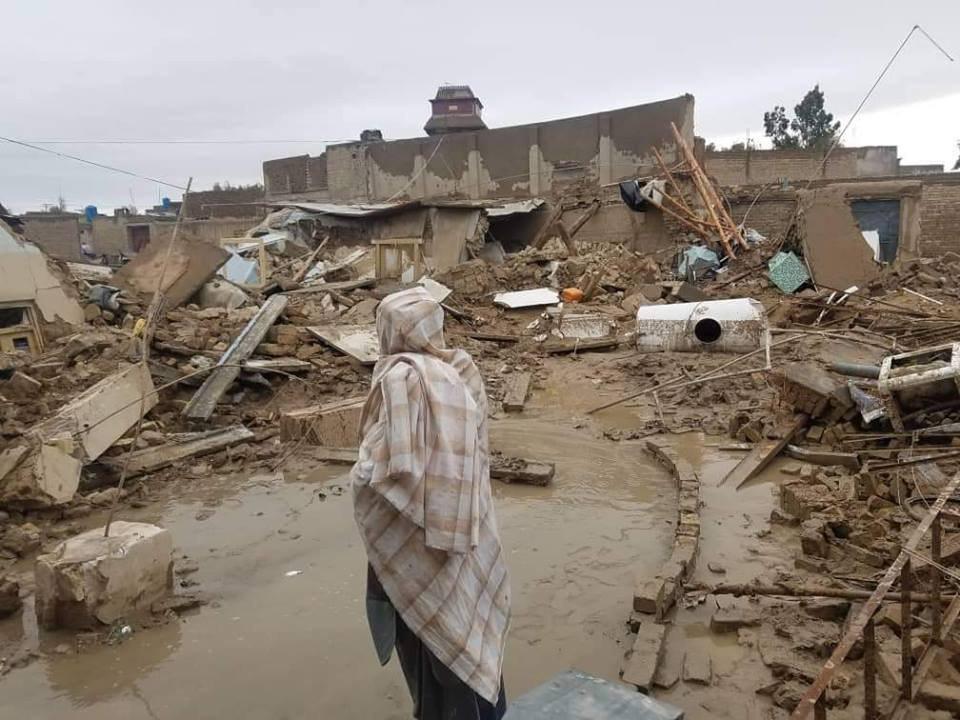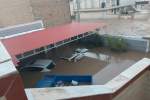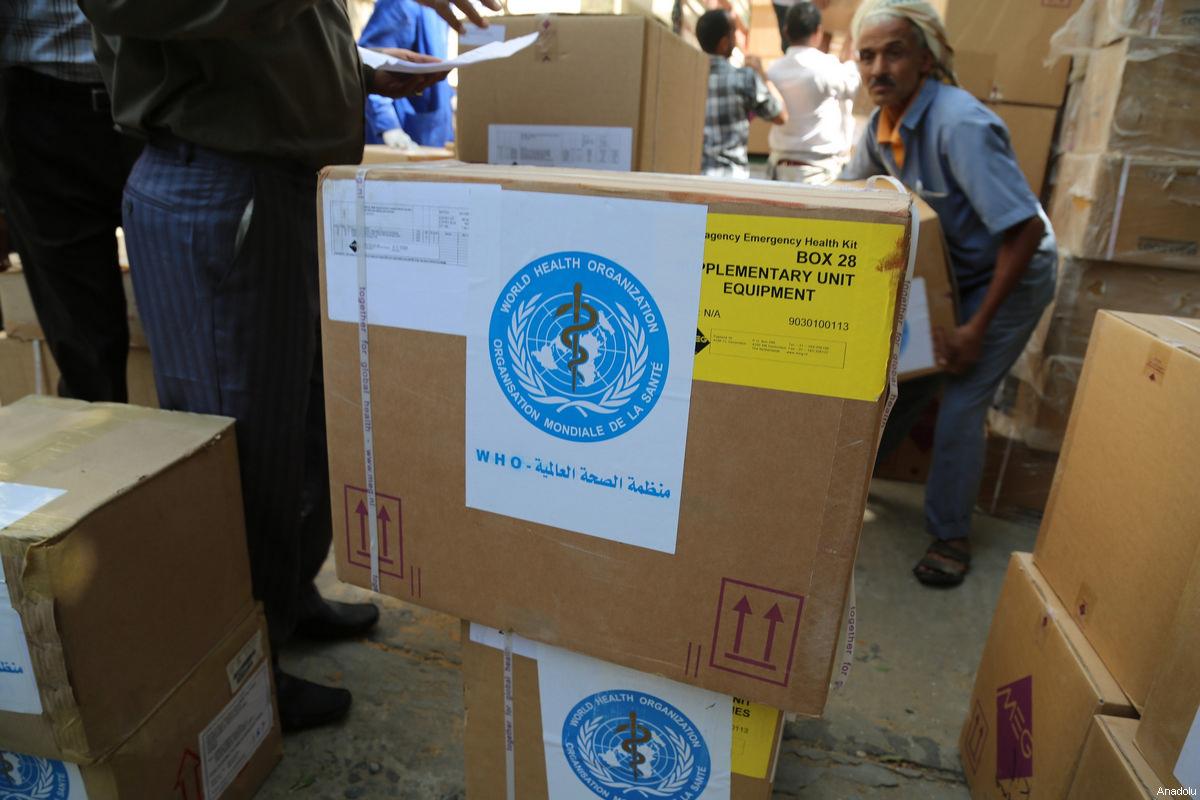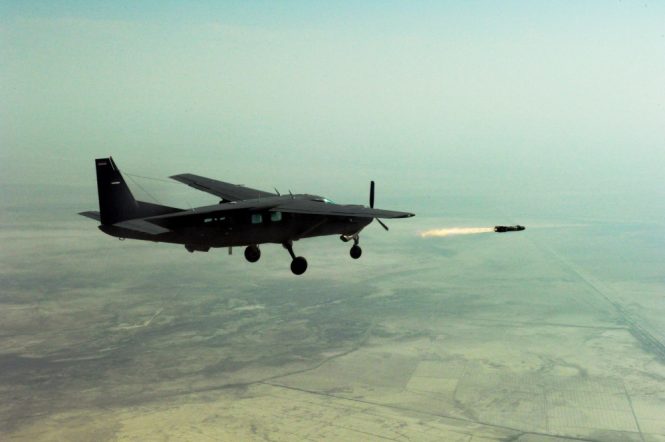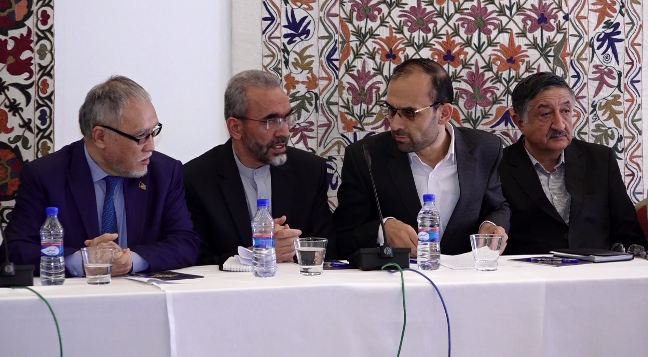As of 19 March, more than 122,600 people across 14 provinces have been identified as being affected by the March floods and in need of humanitarian assistance. As a result of the floods, 63 people are known to have died and a further 31 people have been injured.
Publish dateWednesday 20 March 2019 - 06:00
Story Code : 181808
AVA- Assessments have been completed in Kandahar and Herat provinces, with assessments ongoing in Farah, Helmand, Kunar, Laghman, Nangarhar and Zabul. To date, the highest number of affected people are in Farah, where almost 52,000 people are in need of humanitarian assistance. A further 32,750 people in Kandahar and 18,340 people in Hilmand also require assistance.
Across eight provinces, Farah, Kandahar, Hilmand, Hirat, Kapisa, Parwan, Zabul and Kabul, 4,874 houses have been destroyed and 7,567 have been damaged. In Farah and Kandahar, more than 140 schools have also reportedly been damaged.
Heavy rains on 18 March caused fresh flooding in Herat province. As of 19 March, six districts, Ghorvan, Zendajan, Pashtoon Zarghoon, Shindand, Guzarah and Baland Shahi, are known to be affected. Interagency assessment teams, comprised of ANDMA, IOM, IRC, DACAAR and WFP, were deployed on 19 March. Initial reports suggest that approximately 3,668 people have been affected by the flash floods. However, as further assessments are ongoing in affected areas, it is possible that this figure may increase further. Flood waters and mud flows have reportedly closed some roads, cutting off affected villages hampering the ability of assessment teams to reach all areas.
Initial reports from assessment teams have noted that some houses in affected areas have been completely washed away by the flash floods, others have been partially damaged. Key immediate needs for food, NFIs and emergency shelter have been identified. Further assessment information is expected by 21 March.
Across eight provinces, Farah, Kandahar, Hilmand, Hirat, Kapisa, Parwan, Zabul and Kabul, 4,874 houses have been destroyed and 7,567 have been damaged. In Farah and Kandahar, more than 140 schools have also reportedly been damaged.
Heavy rains on 18 March caused fresh flooding in Herat province. As of 19 March, six districts, Ghorvan, Zendajan, Pashtoon Zarghoon, Shindand, Guzarah and Baland Shahi, are known to be affected. Interagency assessment teams, comprised of ANDMA, IOM, IRC, DACAAR and WFP, were deployed on 19 March. Initial reports suggest that approximately 3,668 people have been affected by the flash floods. However, as further assessments are ongoing in affected areas, it is possible that this figure may increase further. Flood waters and mud flows have reportedly closed some roads, cutting off affected villages hampering the ability of assessment teams to reach all areas.
Initial reports from assessment teams have noted that some houses in affected areas have been completely washed away by the flash floods, others have been partially damaged. Key immediate needs for food, NFIs and emergency shelter have been identified. Further assessment information is expected by 21 March.
avapress.net/vdcfxydycw6dcca.r7iw.html
Tags
Top hits
